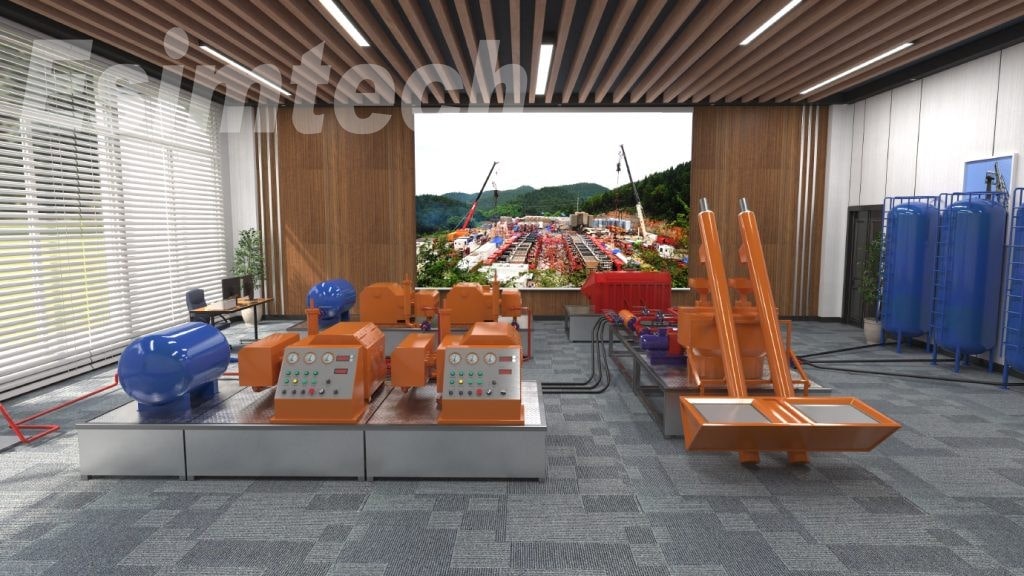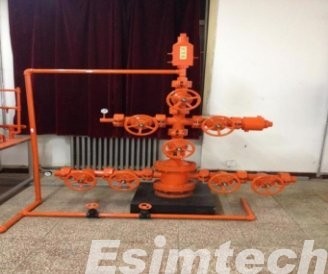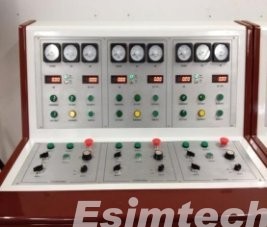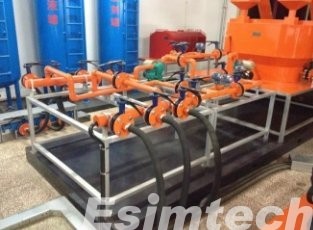Fracturing And Acidizing Simulators: Why Revolutionizing The Oil And Gas Industry
With enhanced exploration and extraction methods made possible by technical breakthroughs, the oil and gas business is continually changing. Oil and gas firms’ approach to reservoir stimulation has been revolutionized by fracturing and acidizing simulators, which allow them to maximize output, cut costs, and minimize environmental damage. The functions and working of fracturing and acidizing simulators will be thoroughly discussed in this article, along with their importance and advantages.

What are Fracturing and Acidizing Simulators
Oil and gas reservoirs can be stimulated by using the processes of fracturing and acidizing. While acidizing uses chemical treatments to dissolve formation components and promote permeability, fracturing involves producing cracks in the rock formation to improve the flow of hydrocarbons. Both methods have been crucial for maximizing the recovery from already-drilled wells and releasing untapped resources.

Why Fracturing and Acidizing Simulators are Needed in the Oil and Gas Industry
Optimization of Production
Oil and gas reservoirs can be stimulated by using the processes of fracturing and acidizing. By precisely forecasting reservoir behavior and developing stimulation treatments in accordance with that prediction, simulators help engineers improve these operations. Increased production rates and enhanced reservoir performance result from this improvement.
Cost Efficiency
Operations involving oil and gas require significant capital expenditures. Resource efficiency, a decline in the requirement for trial-and-error methods, and a reduction in expensive errors are all benefits of using fractionating and acidifying simulators. Simulators can reduce costs by increasing operational efficiency and eliminating superfluous treatments by modeling various scenarios and analyzing the success of stimulation designs.
Improved Reservoir Management
Simulators offer a thorough insight into reservoir performance and behavior. Simulators help engineers choose the best stimulation designs by taking into account many factors like fluid characteristics, rock mechanics, and wellbore configurations. This results in better production predictions, improved recovery techniques, and efficient well spacing and targeting, which all contribute to improved reservoir management.
Environmental Impact Assessment
If not effectively managed, fracturing and acidizing processes may have negative environmental effects. By precisely forecasting fluid behavior, fracture propagation, and migration concerns, simulators serve a key role in evaluating the potential environmental effects of these procedures. This enables operators to plan and carry out stimulation procedures that reduce the chance of environmental contaminating factors and save essential natural resources.
Risk Mitigation and Safety
Fluid migration, wellbore integrity, and surface equipment failures are among the inherent risks involved in fracturing and acidizing operations. By modeling various situations and assessing probable consequences, simulators assist in detecting and managing these risks. Operators can adopt safety precautions and optimize operational procedures to ensure secure and dependable operations by being aware of the dangers associated with different stimulation designs.
Technological Advancements
Simulators for acidizing and fracturing continue to develop as computer power and data analytics improve. To increase precision, effectiveness, and predictive capacities, they combine real-time data with artificial intelligence and machine learning algorithms. Operators can now take advantage of cutting-edge technology and promote innovation in reservoir stimulation methods thanks to these developments.

How Fracturing and Acidizing Simulators Work
Computer-based models known as fracturing and acidizing simulators replicate fluid flow, rock mechanics, and chemical processes inside a reservoir. They consider a number of variables, including wellbore configurations, fluid properties, reservoir characteristics, and treatment strategies. Simulators produce forecasts of reservoir performance, such as fracture propagation, proppant placement, and fluid distribution, by integrating these inputs.

Future Developments Of Fracturing and Acidizing Simulators
Simulators for acidizing and fracturing continue to develop as computer power and data analytics improve. To increase precision, effectiveness, and predictive capacities, they combine real-time data with artificial intelligence and machine learning algorithms. Operators can now take advantage of cutting-edge technology and promote innovation in reservoir stimulation methods thanks to these developments.
Summary
The oil and gas industry has undergone a revolution because of fracturing and acidizing simulators, which enable companies to optimize reservoir stimulation operations like never before. These oil and gas simulators have proven essential in enhancing design optimization, cutting costs, and assuring environmental sustainability because to their capacity to precisely forecast reservoir behavior. They enable operators and engineers to make data-driven decisions that result in the efficient and long-term exploitation of oil and gas resources.
